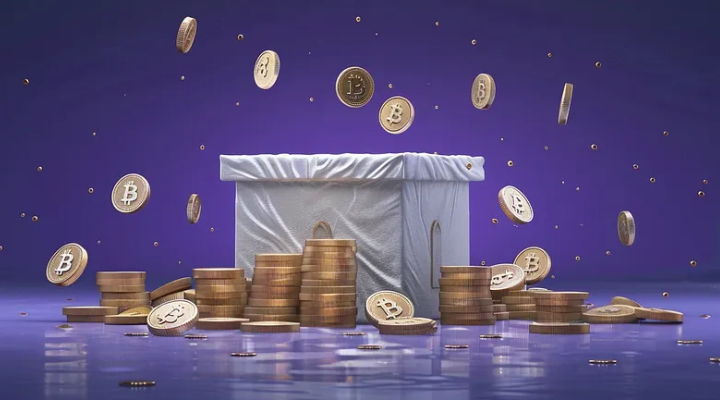
The cryptocurrency landscape is constantly evolving, marked by sudden surges, swift tumbles, and waves of innovation. In the midst of this perpetual motion, Solana (SOL) and Binance Coin (BNB) have each had their moments in the sun. Recently, though, Solana’s market cap managed to outpace BNB’s, making SOL the fifth largest cryptocurrency by valuation — no small feat considering BNB’s longstanding popularity, utility, and association with one of the world’s biggest exchanges.
Solana’s ascent is rooted in its promise of fast transaction speeds and low fees, achieved through its unique combination of Proof of History and Proof of Stake. This technical backbone allows the network to handle thousands of transactions per second, making it an attractive option for decentralized apps (dApps), gaming, and NFT projects. Over time, these projects have flocked to Solana, drawn by its scalability and cost efficiency. The result is a vibrant, ever-growing ecosystem that has captured the attention of both institutional investors and everyday traders.
Meanwhile, BNB’s climb to the top ranks was fueled by its multifaceted role in the Binance ecosystem. It provided benefits like discounted trading fees and powered the Binance Smart Chain, propelling it into the conversation as one of the best-known tokens in crypto. However, regulatory pressures, competitive market dynamics, and the growing popularity of other Layer-1 blockchains eventually slowed BNB’s momentum. This shift paved the way for Solana to leapfrog BNB in market cap. Whether Solana can maintain this position in the long run remains to be seen, but its current trajectory points to sustained developer interest and a steady pipeline of new projects.
At the same time, a new contender called SUI is quietly gaining traction. Still in its early stages, SUI has already seen its token price climb beyond $5, piquing curiosity among developers and investors alike. Much like Solana, SUI is a Layer-1 blockchain focused on solving Ethereum’s pain points — namely high fees, slower speeds, and scalability issues. Its architecture boasts a novel approach to consensus and execution, fueling speculation that it could potentially match or even surpass Solana’s transaction throughput in the near future. Some attribute SUI’s early buzz to a developer-friendly environment, strong backing from experienced teams, and a desire among investors to discover “the next big thing” before it becomes mainstream.
That being said, crypto markets are known for their unpredictability. Just as Solana’s breakout success caught many by surprise, so too could SUI either exceed expectations or fall short of the hype. Whether it eventually challenges Solana depends on how quickly SUI can expand its ecosystem, deliver on technological promises, and cultivate a loyal community. Competition in the Layer-1 arena is fierce, with numerous projects vying to offer the fastest, cheapest, and most secure network on which to build. SUI will need to stand out not only through raw performance numbers but also through compelling partnerships, a supportive developer environment, and clear real-world use cases.
For now, it’s Solana’s moment to celebrate as it solidifies its spot in the top five. But the crypto world moves at breakneck speed, and nothing is guaranteed. SUI’s meteoric rise past $5 serves as a reminder that the next game-changing project could emerge at any time. Those watching these developments should keep in mind that while hype can be alluring, no token is invincible to the market’s ups and downs. Technology must prove itself in real-world conditions, communities must stay engaged, and practical applications must exist to justify continued growth.
As always, it’s wise to do thorough research before making any investments. The stories of Solana, BNB, and now SUI highlight just how swiftly fortunes can change in the cryptosphere. While the upside potential is undeniably exciting, it’s the ability to adapt, innovate, and nurture a thriving ecosystem that ultimately separates lasting successes from momentary flashes in the pan.